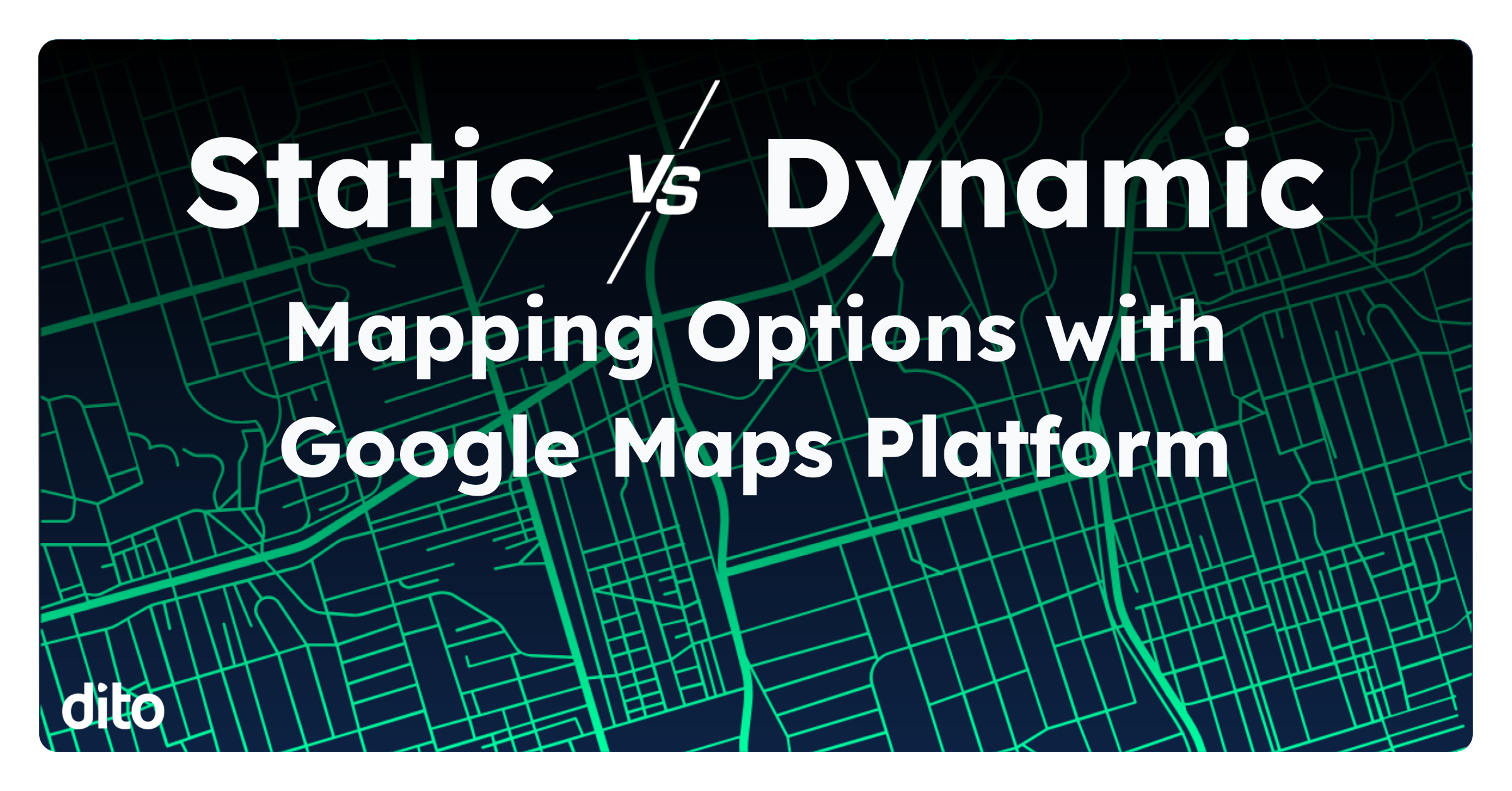Modernizing legacy applications is becoming an acute necessity for many businesses. While legacy apps are often still useful, they bring so many maintenance and performance challenges that the costs of keeping them going escalate quickly. Organizations are working to make their old apps and services viable for use in cloud configurations, and containers are emerging to simplify the process.
The app modernization problem
Most legacy apps are not built to operate in heavily virtualized environments. When server operating systems provision resources to apps in a cloud setup, they render older solutions unable to reside on those systems. As such, businesses end up housing their legacy apps in similarly outdated hardware and creating networking, system administration and security challenges that have to be dealt with on a day-to-day basis.
Modernizing an application so it can share data seamlessly with contemporary solutions, however, requires major changes to how the app is designed, leading to a need to recode huge portions of the solution. The costs and complexities are substantial and leave organizations to choose between the lesser of two evils: Leave the app alone and deal with high ongoing costs and limited functionality, or modernize the app in an extremely expensive, time-consuming project and get better long-term value.
Containers could shift this decision-making process.
How containers change the cloud
In most cloud configurations, the operating system does the heavy lifting. It determines which apps can use server resources, and when. Containers allow applications to function without input from the OS. Essentially, the cloud container is an isolated pocket within the virtualized architecture that allows the app to operate as if it were in a dedicated system. The OS then interacts with the container, not the app itself. This work-around is creating a huge shift in the role that operating systems play in the cloud equation.
By standardizing the underlying configuration within a container, organizations can establish more consistent and repeatable application release processes. As a result, developers need only package apps into containers and they will work the same on whichever container they are deployed on.
As containers emerge to simplify resource management within virtualized environments, developers are able to rework application architectures to function within a container instead of having to do so within the operating system. This results in much simpler programming and an easier pathway to modernization. While these potential benefits are significant, particularly in terms of resource optimization, it comes with a great deal of management overhead. Kubernetes has emerged as a key option when it comes to scheduling for containers, but it is key to plan carefully to avoid being overwhelmed while trying to ensure efficiency.
A TechTarget report told the story of one business’s move to modernize legacy applications using a containerized strategy based around Docker and Kubernetes. Ultimately, containers lowered the entry point to modernization and made it much easier to complete the process, but there were still some pain points in optimizing how the containers fit within the business’s larger cloud ecosystem.
In essence, containers ease modernization, but they aren’t a cure-all. Organizations need to carefully analyze their options when moving legacy apps into the cloud and assess the underlying architectural issues that could impact the process. The right cloud consulting and migration services are invaluable to companies that want to get a clearer view of the technologies at their disposal and understand the full feature sets of different cloud configurations. At Dito, we can offer end-to-end services that can help you launch a modernization initiative and make the move into the cloud.







